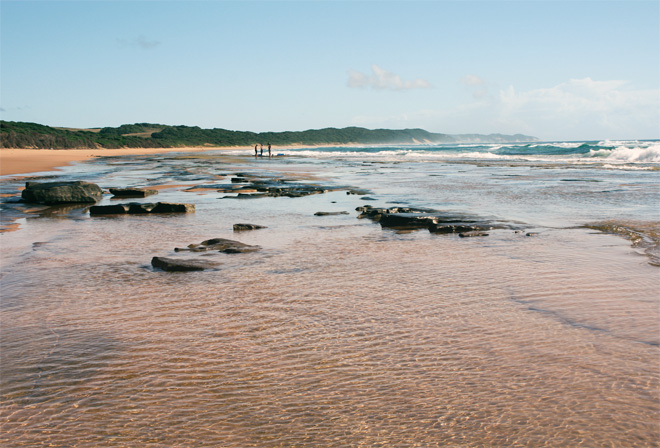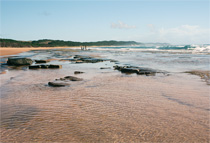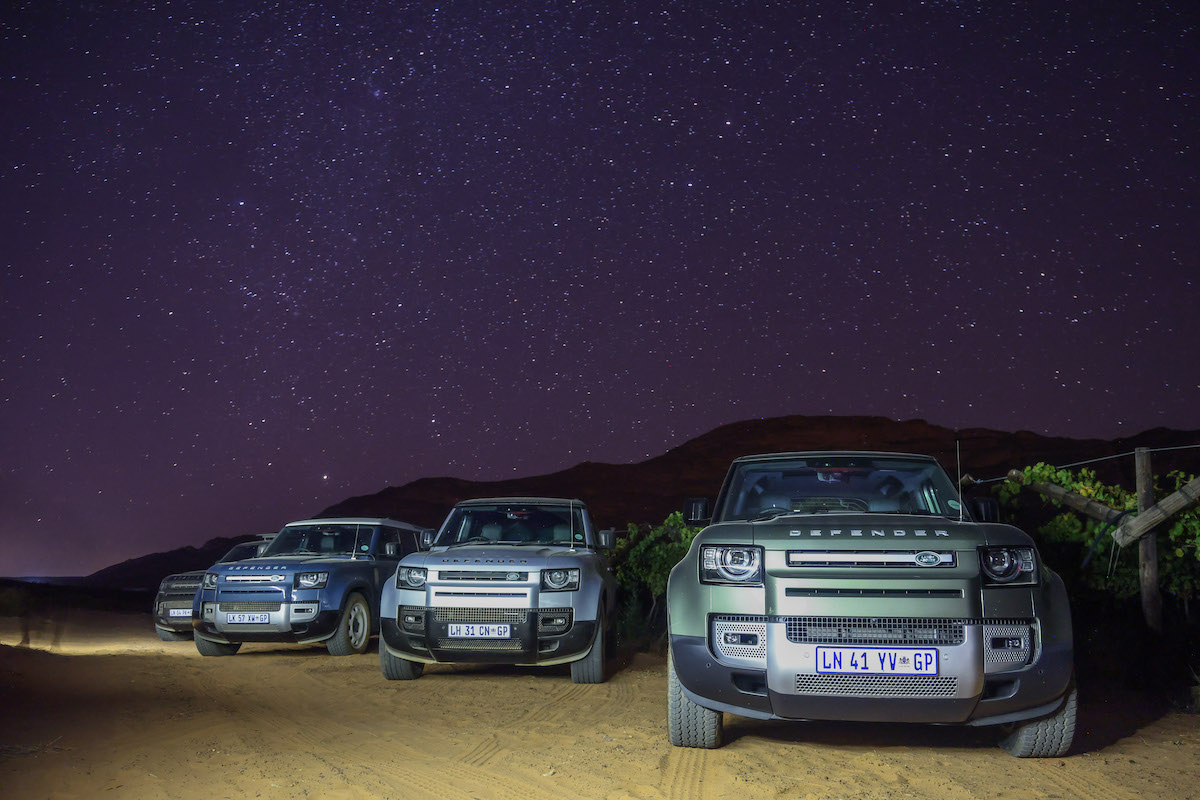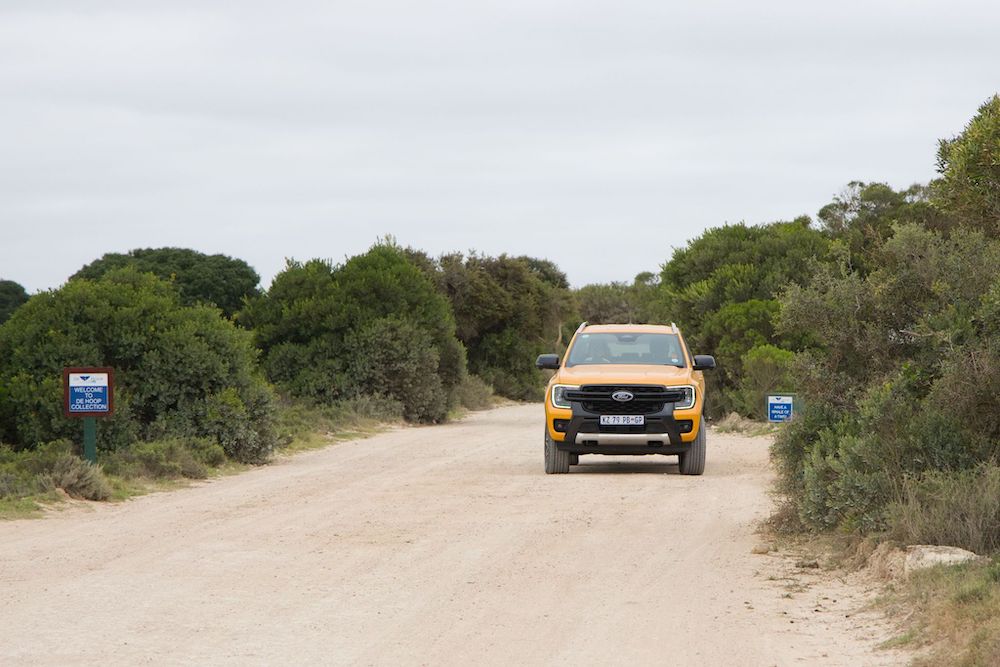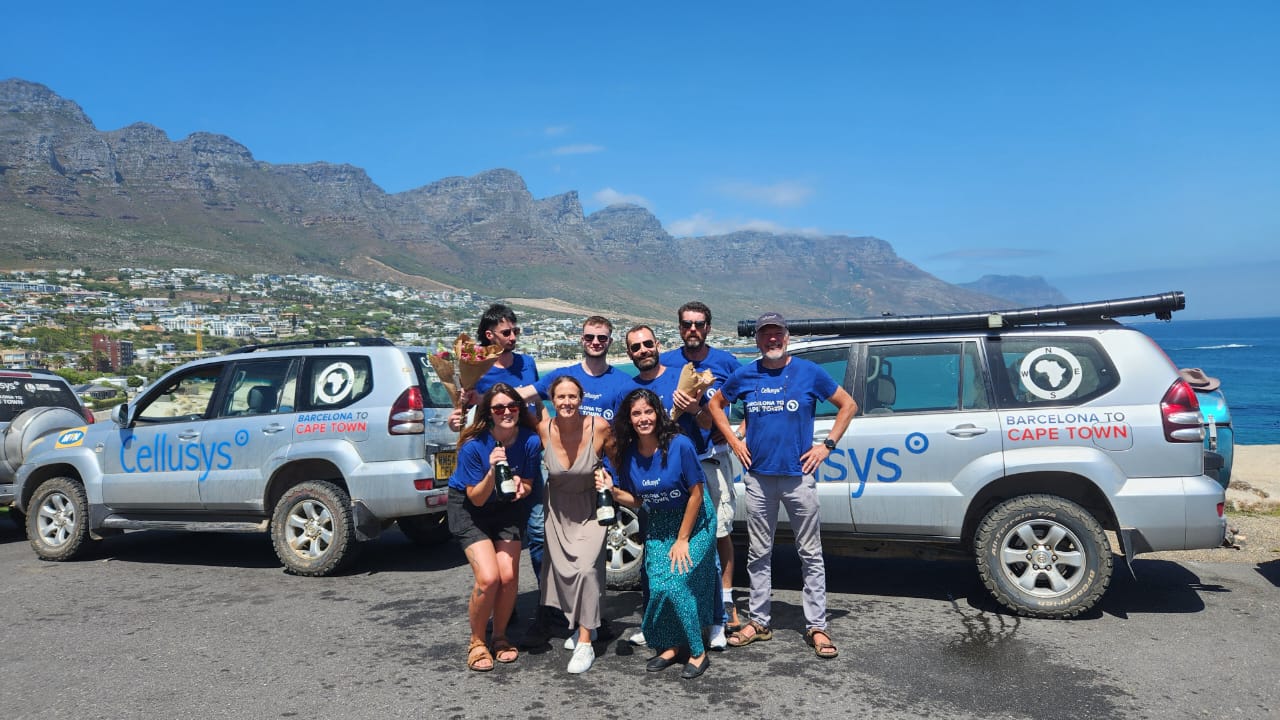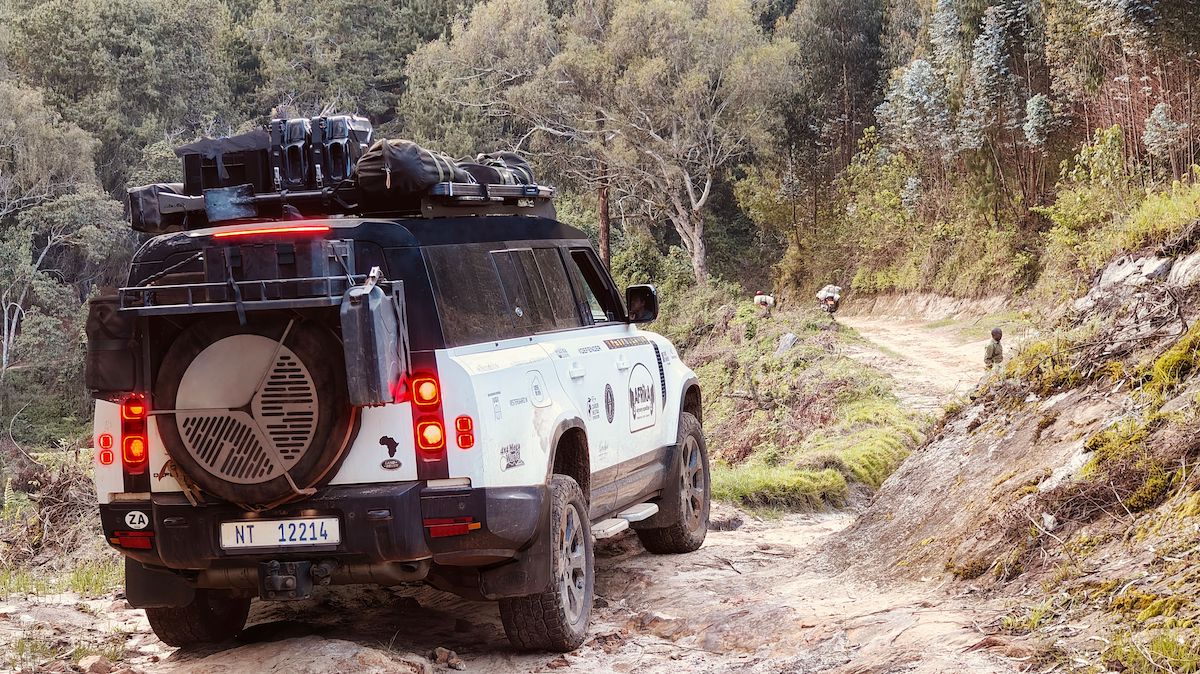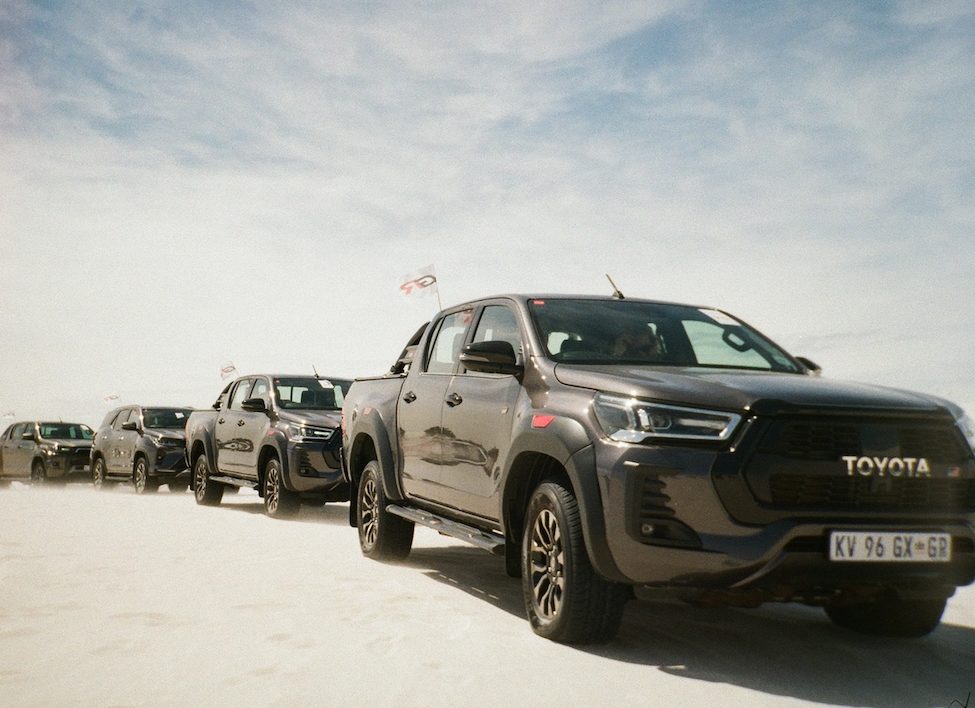We tackled the trip to from Natal’s south coast to the Mozambique border and on to Milibangalala in my SsangYong Korando five-cylinder diesel, fitted with a roof box and newish 255x70x15 tyres, which I found – being slightly wider and bigger than the standard ones – perfect for the sandy terrain we were to face.
We did the final stocking up and filling up at the last town of eMangusi near Kosi Bay, a few kilometres before the border just south of Ponta do Ouro. We had no hassles at the border.
Remember: Take a copy of your vehicle papers. It is recommended to buy third-party cover (R150 for 30 days) at the border. Only vacuum-packed meat is allowed over the border – both ways – and strictly no fruit or veggies are to be brought back from Mozambique.
After deflating the tyres to 1,4 bar at the border, as we were heavily loaded, we were ready for the sand. It was still early in the morning and we had time to spare, so we decided to go to Ponta Malongane, just north of Ponta do Ouro.
Well, easier said than done. Mmm… okay, so which road to take at the border? The road splits into four different directions without proper signs, but with some common sense, and my friend André Loubser’s little bit of local knowledge, we took the second road from the right. André’s Pajero was towing a small boat, and we followed the rig.
Remember: When towing you need a yellow and blue triangle in the front of your vehicle as well as the rear of the trailer, or whatever you’re towing.
Parque de Malongane is approximately 9km from the border and is situated on the Maputaland coast in southern Mozambique, nestled between the luxuriant indigenous dune forest and the warm, azure Indian Ocean.
It caters for all different holiday needs and is a beautiful resort. After a few refreshments we were ready for the relatively short distance to Milibangalala.
This rustic camping ground is situated inside the Maputo Game Reserve, also known as the Elephant Park. The sandy twin-spoor road is typical of all the roads in the south, which necessitated driving in 4×4 mode and changing gears often, from first to second to third and back to first. This 20km stretch from Ponta Malongane to the park’s gate took nearly an hour.
The Gala 1 gate is situated between the sea and Lake Lagoa Piti. The park staff are very helpful, but being in a rural area they mostly speak Portuguese, some broken English and a spattering of the Zulu-based Fanagalo used in the mines.
Remember: You can pay in rands, which seem to be in greater demand than Mozambique’s own metical.
The tariffs are very reasonable. The park entry fee is R70 per person plus R70 for the vehicle for the duration of your stay, and only R35 pp camping per day. The eight days cost only a total of R770 – not bad.
The last leg to Milibangalala is approximately 18km, but the road is very bad. You drive right next to the lake, and sometimes you have to find a detour to avoid getting stuck in the mud.
The only problem is then that then you drive right into the thorn trees growing next to the lake. The low branches played havoc with our roof box and broke my long fishing rod, while this 18km took us almost an hour.
Arriving at the campsite in mid afternoon we found ample camping space. The campsites are not marked so you can camp at any of the camping sites that are available.
Remember: There are no ablution blocks – only a few longdrops and a well for water. Luckily the well and the nearest longdrop are about 50m apart… The well water is brackish, but drinkable. The use of Jik or water-purifying tablets is recommended, but rather bring your own drinking water.
The camp is about 50m from the beach with its beautiful white sand. My wife was chuffed to get a nice tan and very pleased to lose some weight walking the long stretch of beach picking up shells.
A reef on the left forms a beautiful bay at low tide for launching ski boats or paddle-skis, and no driving on the beach is allowed, except for when launching your boat. You have to remember you are in a protected game reserve.
Luckily no four-wheelers and jet-skis are permitted, except those that are registered for fishing at Pont do Ouro.
Milibangalala – oh, what a peaceful place. The beautiful coral reef extends into the sea for kilometres and is shallow enough for you to see the fish below through the clear water. And what a paradise for divers. Fishing from the reef at low tide is excellent.
The only brick building in the camp is used by the park staff, but it has no doors, windows or roof. This also goes for all the other buildings in the park, a stark reminder of the civil war and lack of rebuilding since.
To the south of Milibangalala, 7km by sea and 10km by road, is Dubela – with an even better reef for fishing and diving. The camping space is smaller but ample, while a few run-down buildings are relics of what was once a beautiful camp.
This will be the venue for our next camping holiday, preferably during the winter months.
Remember: Take everything you need with you: portable shower, porta-potti with shower cubicle, 6 x 2-litre bottles of water frozen in the freezer, drinking water, and mosquito repellent (although there were few). Also remember to vacuum-pack all your meat.
There is a small Spaza shop about two kilometres from the camp, but it’s expensive. The local people are very poor, but very nice, and your belongings are perfectly safe. Where in the world can you leave all you stuff outside when you go to the beach or go to sleep, and come back to find it still there, even your Black Label whisky, video camera and fishing tackle?
It doesn’t cost much to get a helping hand in the camp, and this is recommended.
Remember: When you visit take some old clothes and things you don’t need and give them to the locals. Also leave all your leftover fruit and veggies behind, which will be most appreciated.
People at the camp gave us a map with GPS co-ordinates that they had downloaded from Google, showing an easier and quicker way home, but the readings did not correspond with my Garmin Nüvi 200’s loaded maps of Mozambique. I suggest that you use a better model GPS with a backtrack facility, like the Garmin Nüvi 500.
As said, we used a 1999-model SsangYong Korando five-cylinder diesel that I bought in January this year with 124 000km on the clock. The only modification I made (apart from the larger tyres) was to fit coil-over springs inside the rear coils, lifting the rear by 80mm.
The coils came from second-hand shocks bought from a scrap yard at a cost of R300 for both. The front torsion bars were also lifted by 50mm. I did all the work at home and we did 5000km without any problems. So why pay thousands of rands?
I also fitted a second deep-cycle battery, a solar panel and an inverter for the power-saving lights.
My friends were André and Anna Loubser from mTwalume on the South Coast. They own a small holiday resort there, just 50m from the beach, and it is highly recommended. Interested people can phone André on 082 560-9581.
